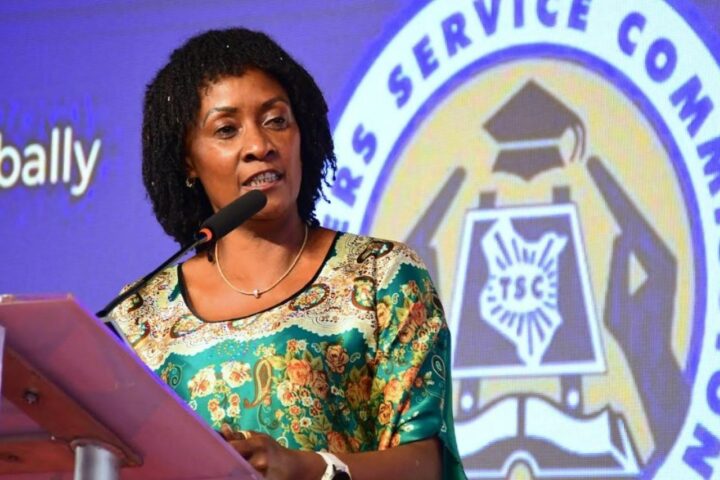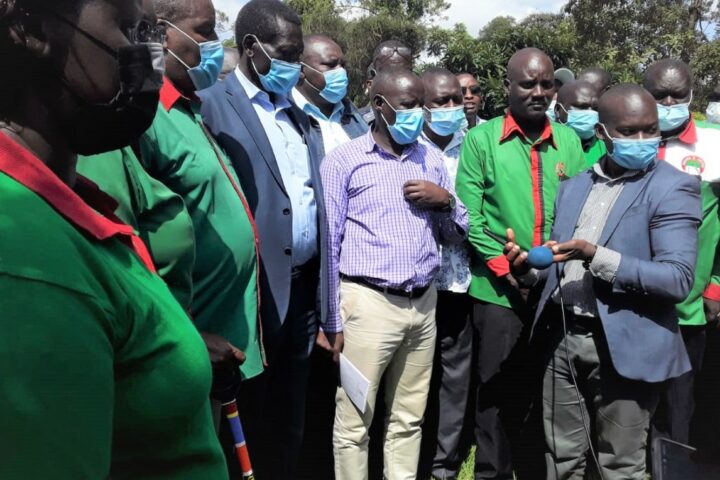
Speaking of graffiti, a unique Kenyan matatu airbrushed with a BC Lions logo has caught the interest of the Canadian Football Club making them want to know more about the origin of the matatu. After learning of the emanation of the mini-buses, the football posted the story on their Facebook fan page. Here is what they posted on their website as they praised the art on the public service vehicle.
When Kirafu Mweusi first arrived in Canada in June of 2009 from Nairobi, he came with just $450 in his pocket and without a proper work permit. His first apartment cost him $445 a month in rent and the Reform Christian Church in Surrey helped fill in the rest. Mweusi picked up any job he could get, but without a steady work schedule, and most stints covering night work, he often found himself with stretches of the day free. That’s when he found football. The church where Mweusi would often visit wasn’t far from the BC Lions offices, where each day at noon, the team would take to the field outside to practice. “I would come by the field during the day to watch them practice,” said Mewusi, who prefers to be called Sam, in an email interview. “You were allowed to go into the gates. I’d never seen anything like it before.” Mweusi would often fill his free time watching the Lions practice, learning this new game of football, studying the players. The team came to symbolize the hope and promise that his new life in Canada represented. “I fell in love with the game,” he said. The team gave him a sense of community in a foreign country. “The fact that I would see them practicing at their Surrey ground behind the sky train station, and would sometimes see some of them at a barber shop in Surrey where my friend used to get shaved made me feel closer,” he said. In November 2011, Mweusi moved to Alberta to work in the oil fields and was able to save up enough money to help his family back in Nairobi. He invested in a transport bus with the hope that he would be able to give his brothers work and make enough to support his parents. When it came time to design the bus, he chose to paint it in the colours of his favourite team: the BC Lions. He still resides in Alberta but visits Nairobi about every three months to oversee the business. In Nairobi, many residents cannot afford regular transit fares, or are too far from regular transit routes, and instead opt to take privately owned mini-buses. Named matatu, these buses are the main transport system for the nearly 2.5 million residents who often live outside the city limits in rural areas. The first know matatu was a rusted-out Ford Thames, a remnant of the fleet used by the British in Ethiopia during the Second World War. “Matatu is a Swahili word that basically means three,” explained Mweusi. “Back after independence, travel in a matatu cost three cents; that’s where the name comes from.” Many of the buses, like Mweusi’s have evolved from the broken down mini-bus style to a decked-out version with lights, TVs, and loud sound systems, and are often decorated by local graffiti artists. Called manyanga, these buses are very important to the culture in Kenya. Matatu and Manyanga culture have deep roots in the history there. As Mweusi explains, manyangas evolved from the large number of young people who owned and uses matatus and were looking for ways to distinguish their buses from other and attract more customers. “The word evolved from slang and translates to ‘musical instrument’ or ‘rattle’.” Famously, or infamously, regarded as being chaotic, matatus are not set on a schedule or route and instead tend to go where the driver pleases. Nairobians have always had a complex relationship with the cultural symbol; they’re the “rock legends of the roads”. Sentiment ranges from websites dedicated to matatu art, to editorials in papers about dangerous drivers and unruly passengers. Love them or hate them they have been a major part of the life there for decades. In the past, matatus gained negative publicity for allegations of reckless driving and overcrowding, but regulations in 2003 banned all matatus from the road until they complied with laws enforcing seatbelts and speed and passenger limits with noticeable results. There were also strict bans on decorations, music, and even how the drivers dressed. As Mweusi explained, for owners, drivers, and proponents, this worked to almost diminish the culture; the artwork was what gave the buses their individualism and acted as a means for local artist to showcase their talents. Last year though, the 10-year ban on matatu graffiti was lifted. “That should show you how important matatu is to our culture,” he said. “That a 10-year law could be reversed? It must be important.” With the ban lifted, matatus and manyangas competed to see which bus has the coolest artwork and sound systems; they’re highly influenced by pop culture and often adorned with popular slogans. “I wanted my bus to stand out,” Mweusi said. “I designed it with the best colours and logo I’d ever seen and something that really meant a lot to me. My designer had no idea who the BC Lions were so I showed him and a bunch of other artists the website and just said ‘that’.” Named Leo, the bus is equipped with 10,000 watt speakers, 32” screen TV, a Pico mini projector with 450 lumen power, and lighting outside that flashes to the beat of the music inside….so, yeah; it’s pretty awesome. “Everyone here now knows the BC Lions.”







